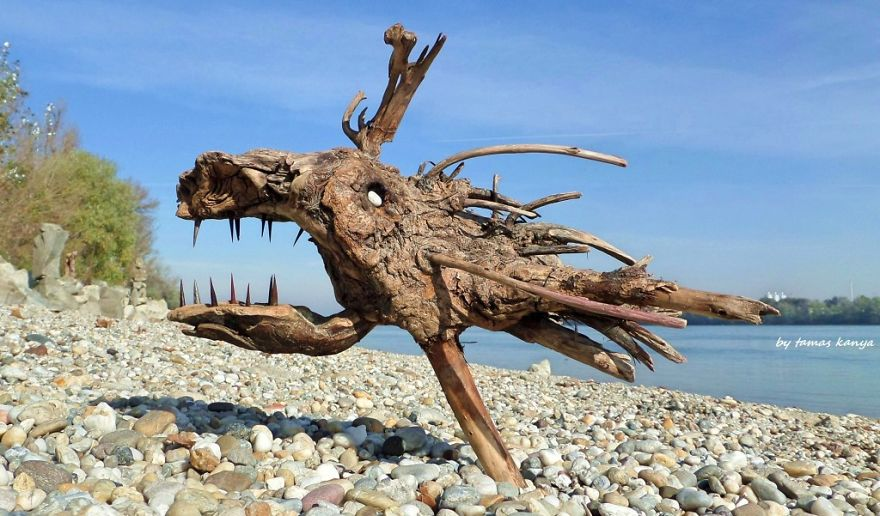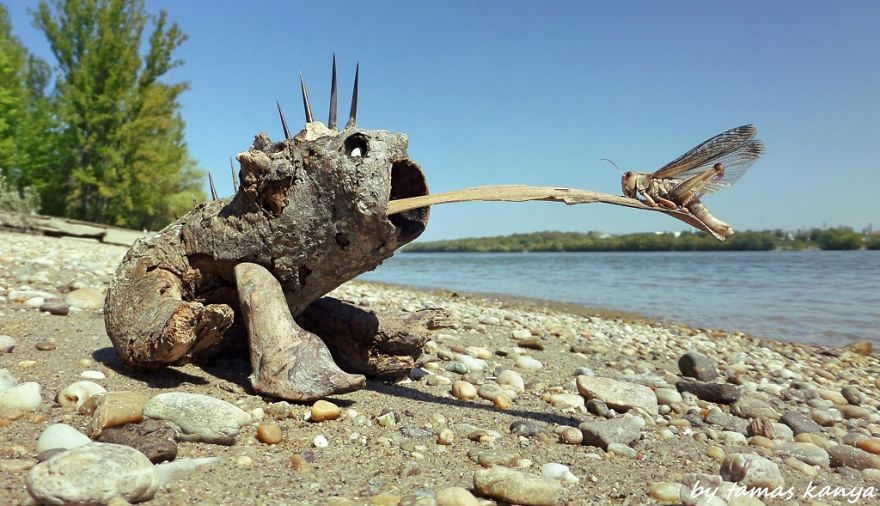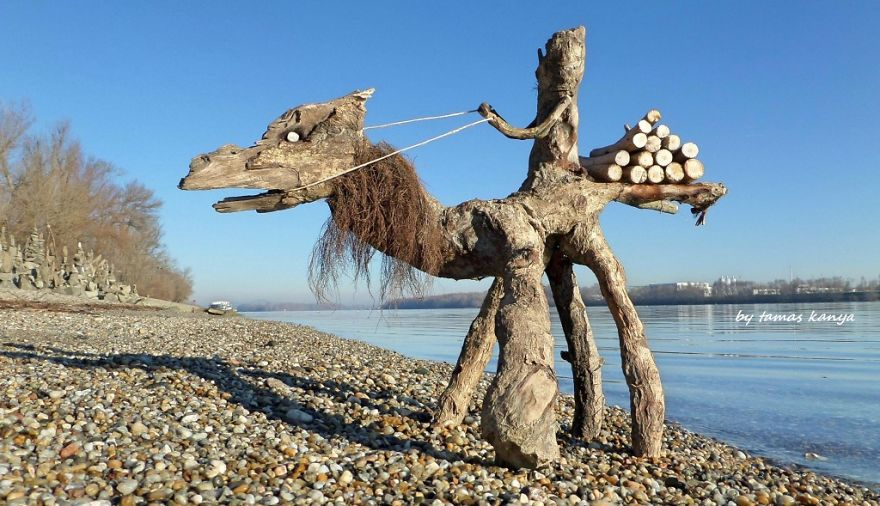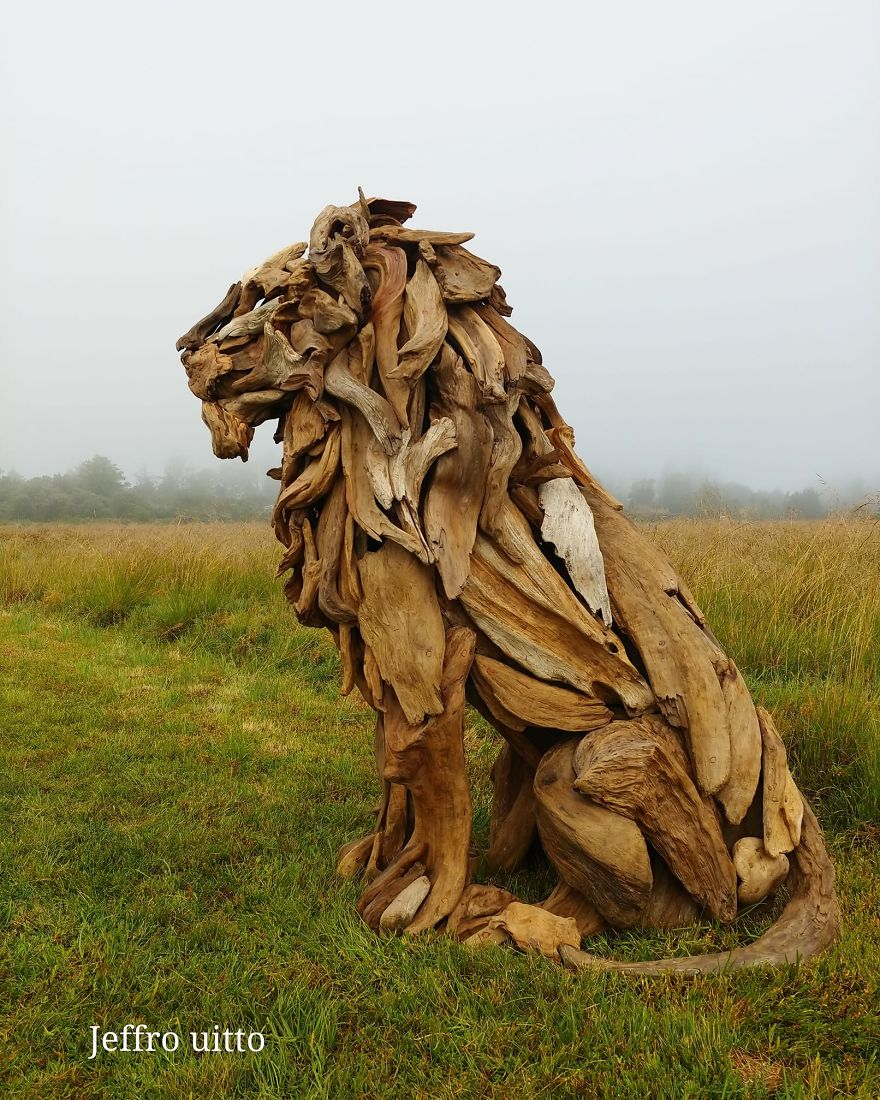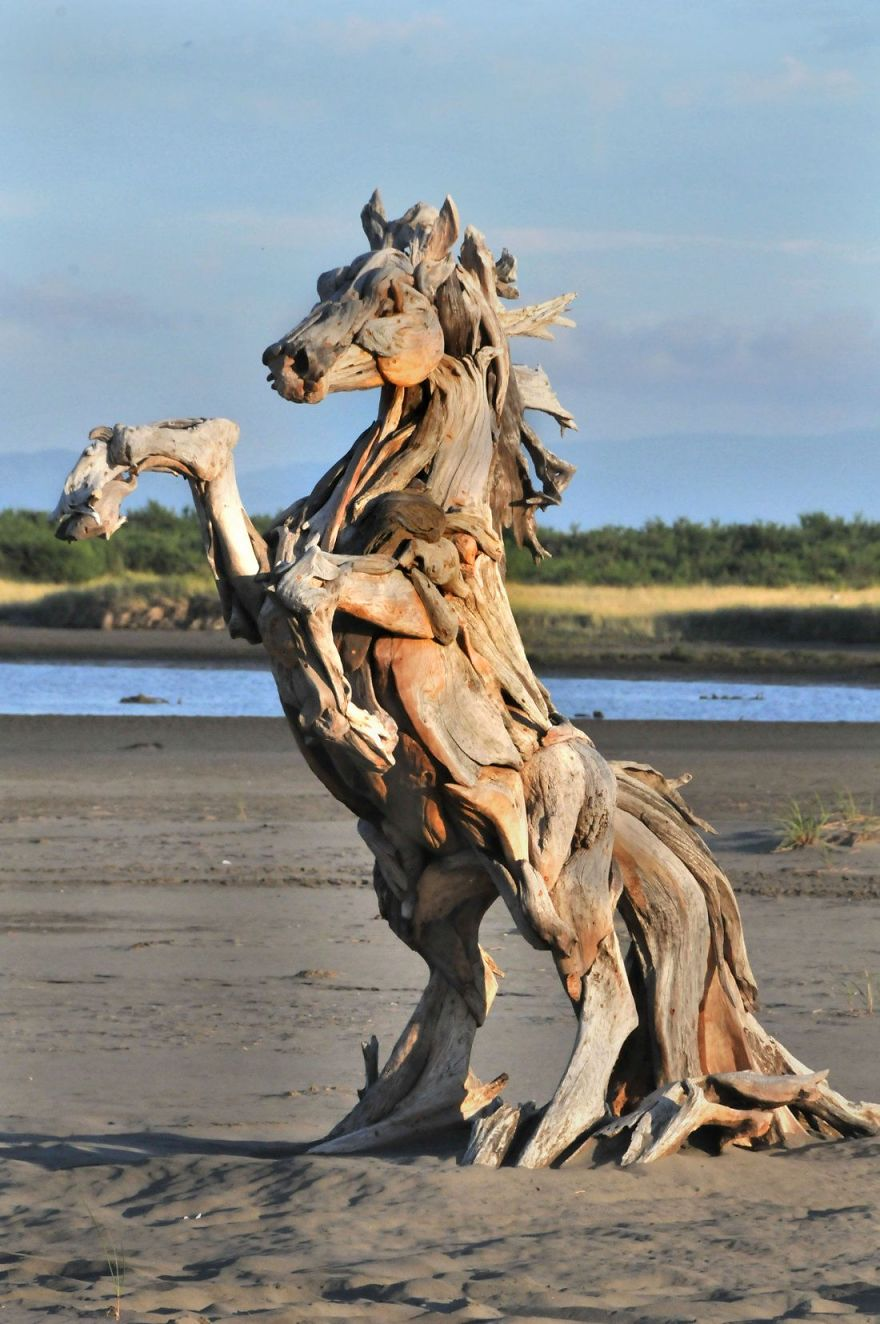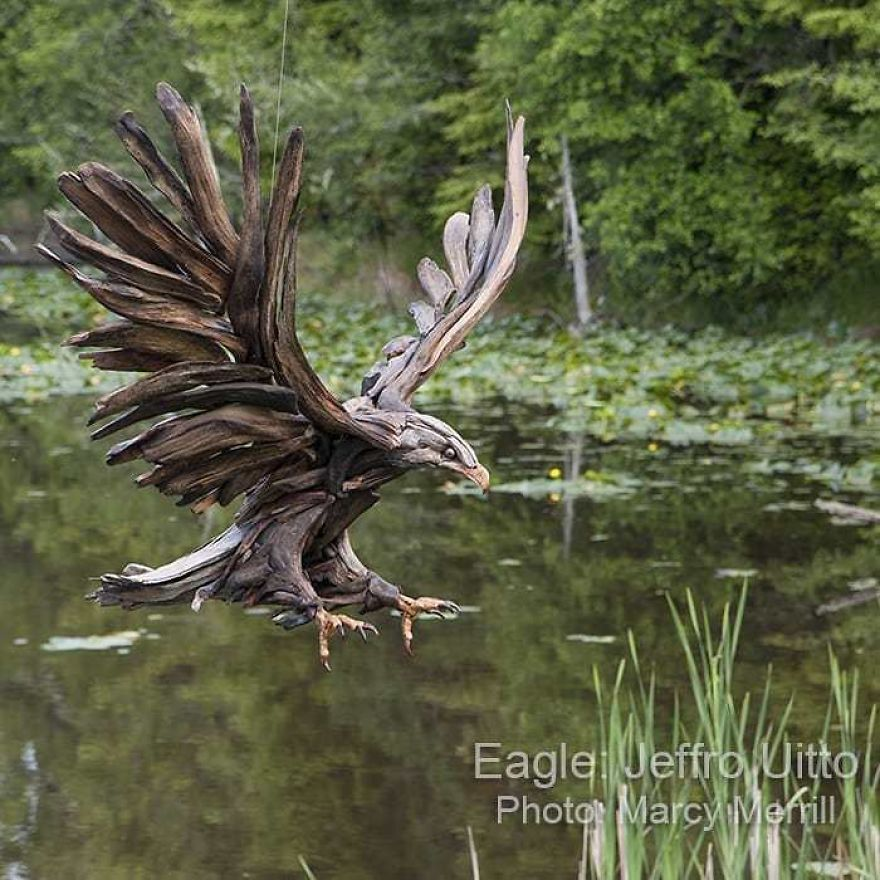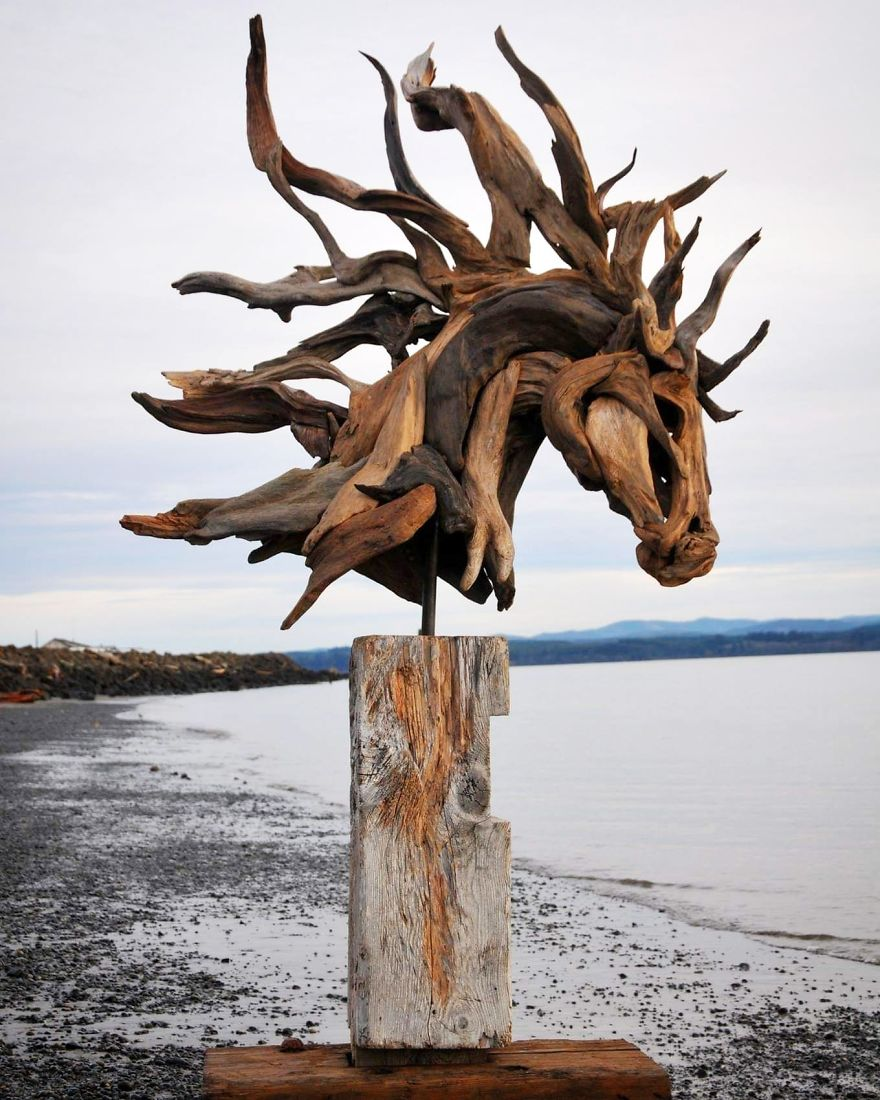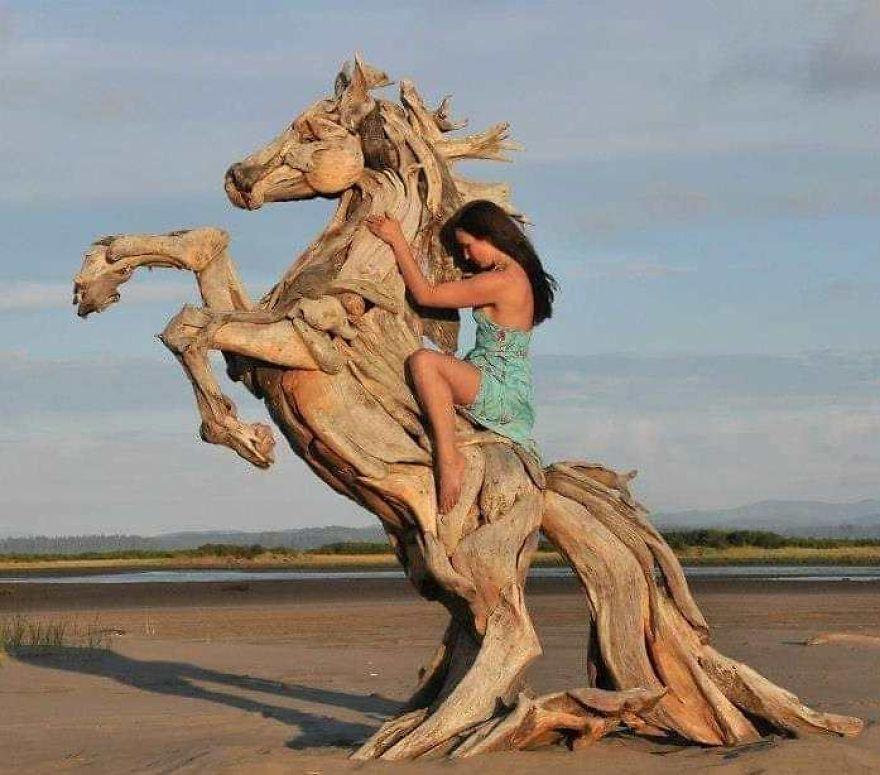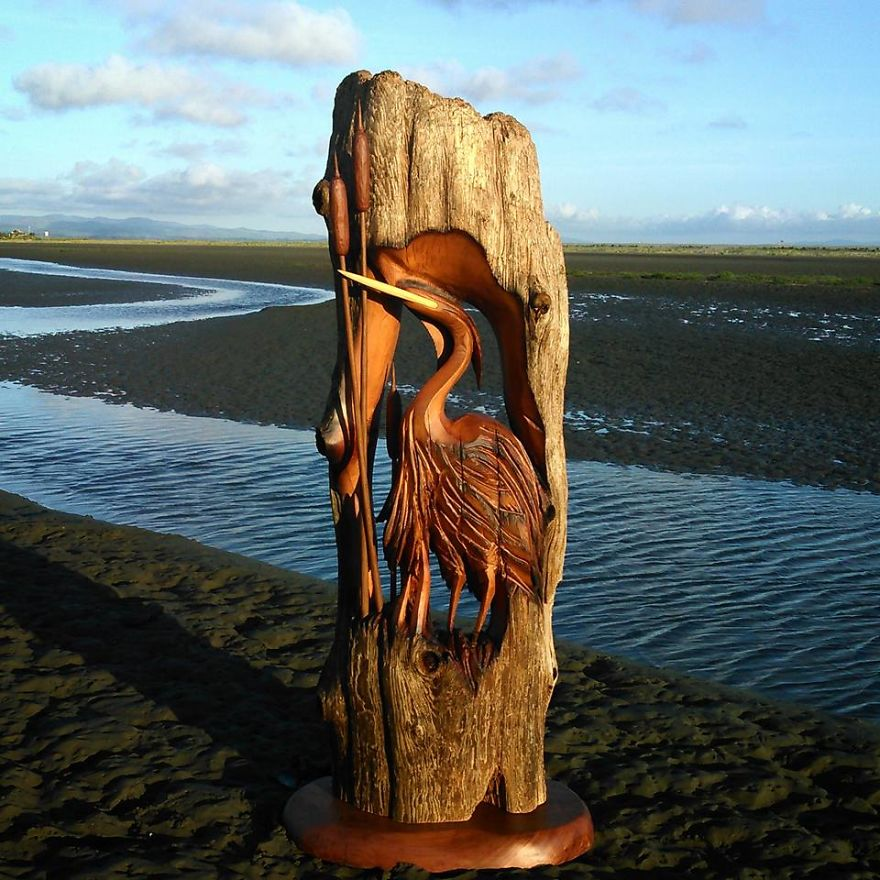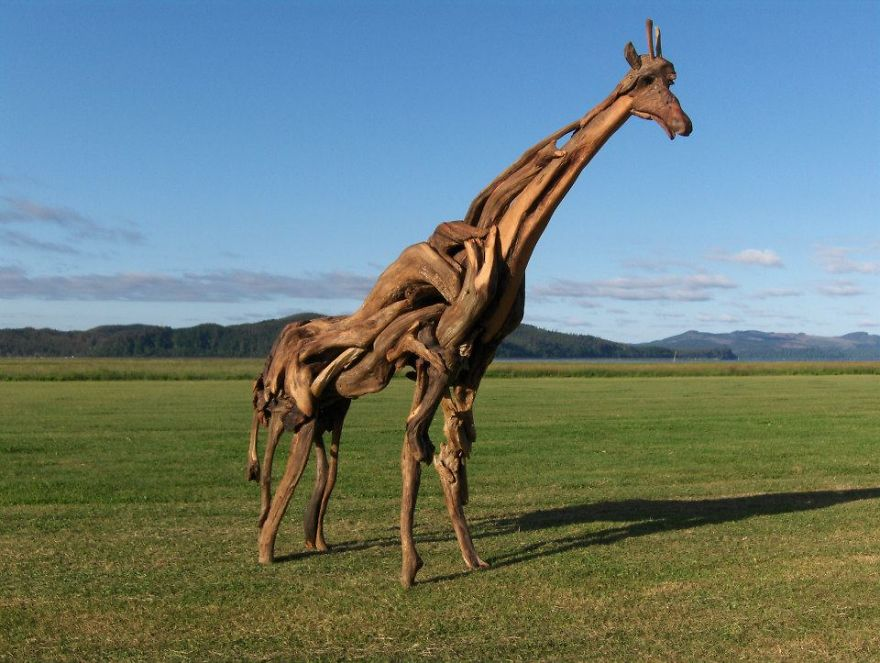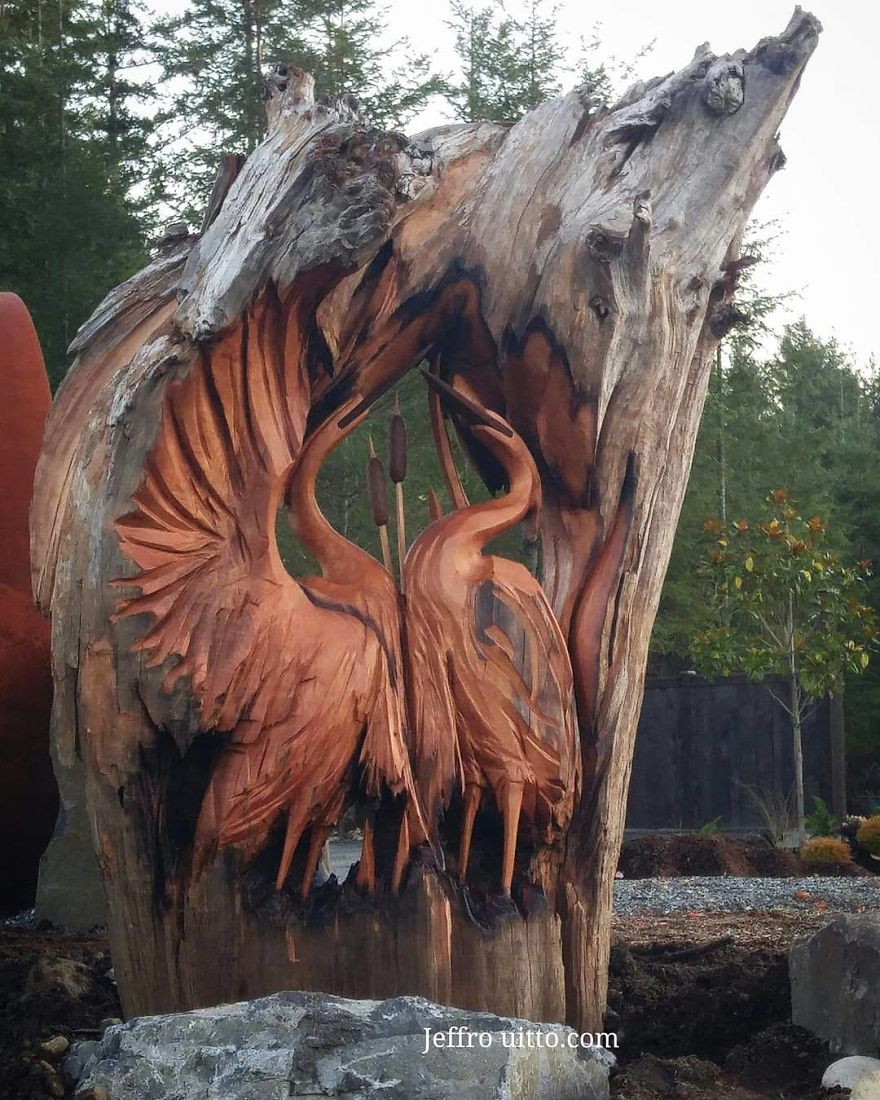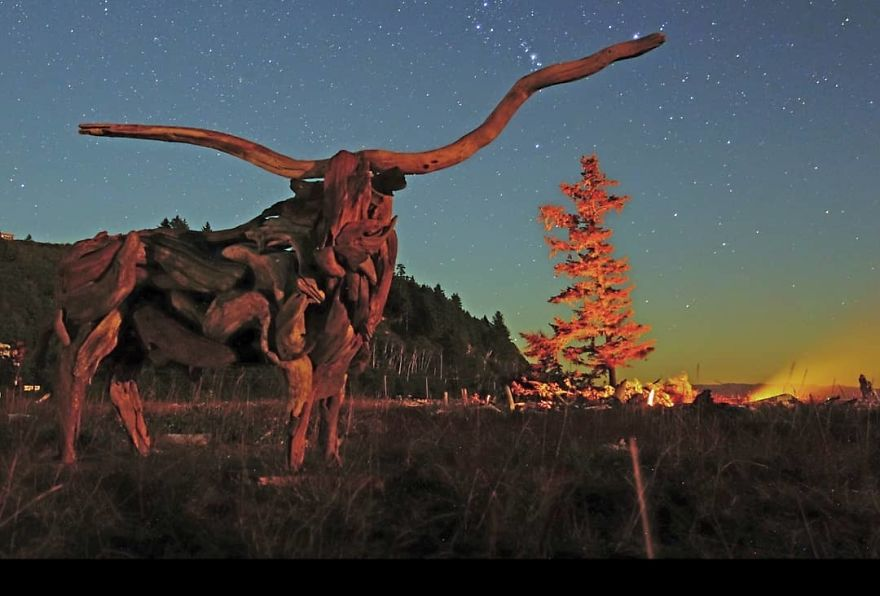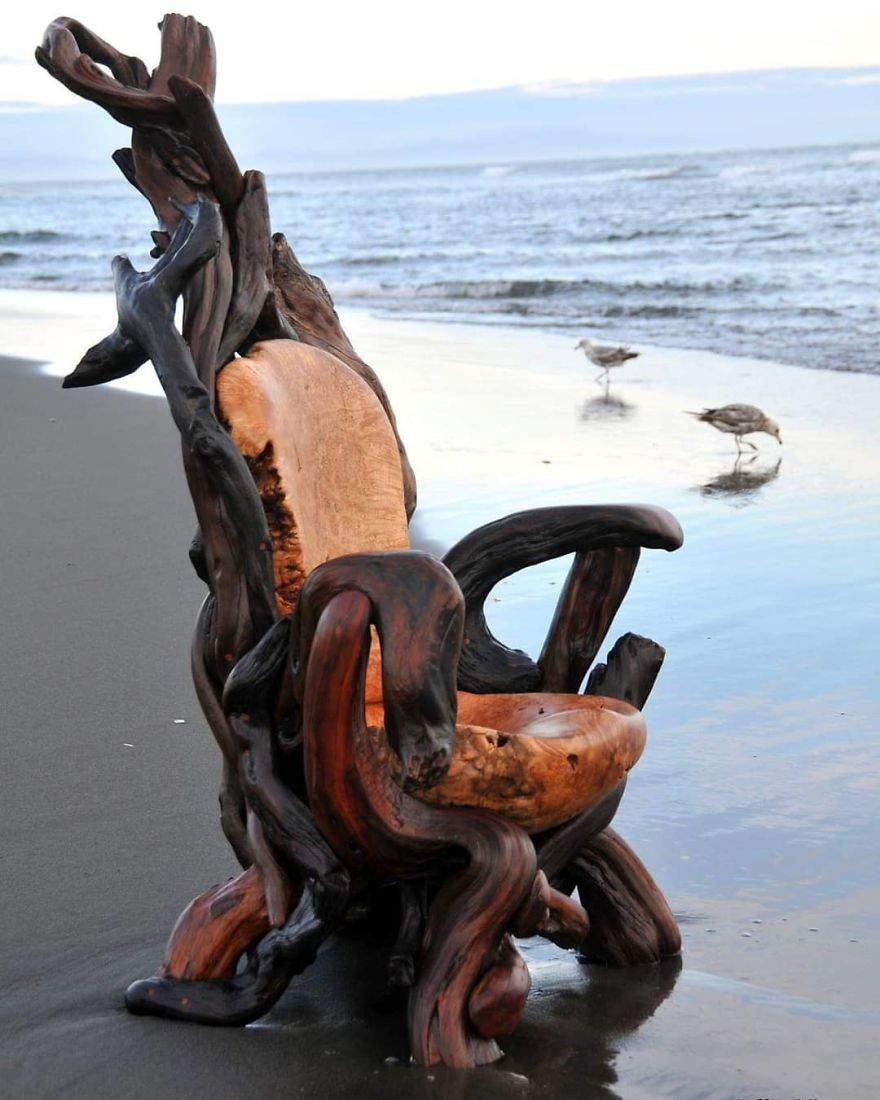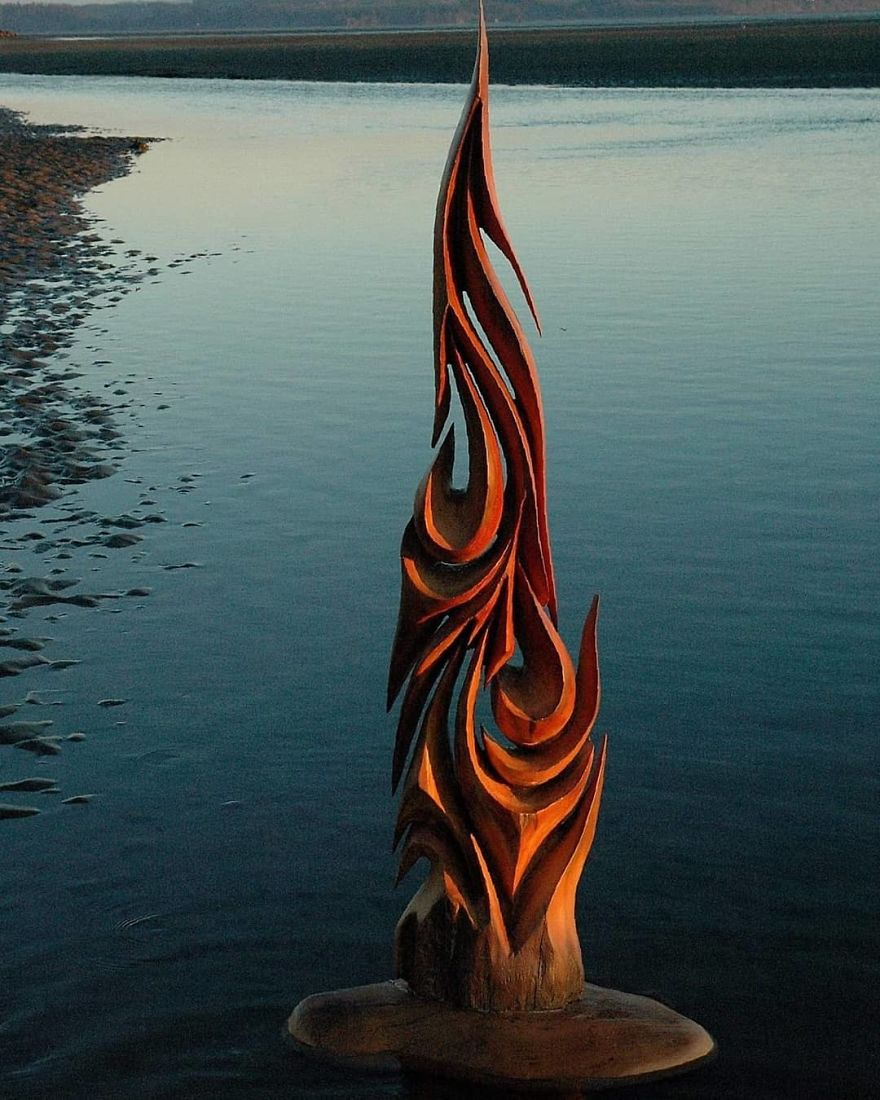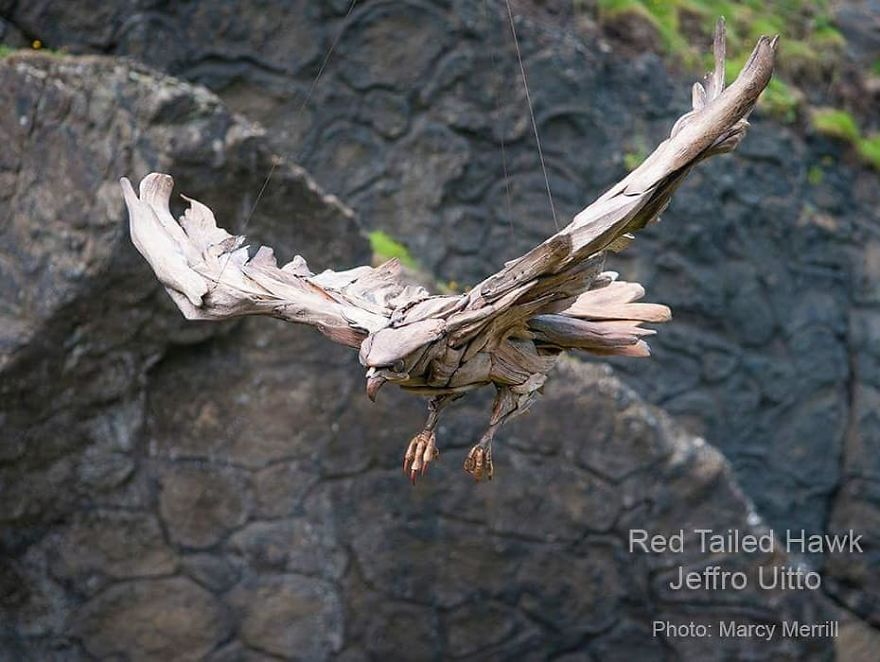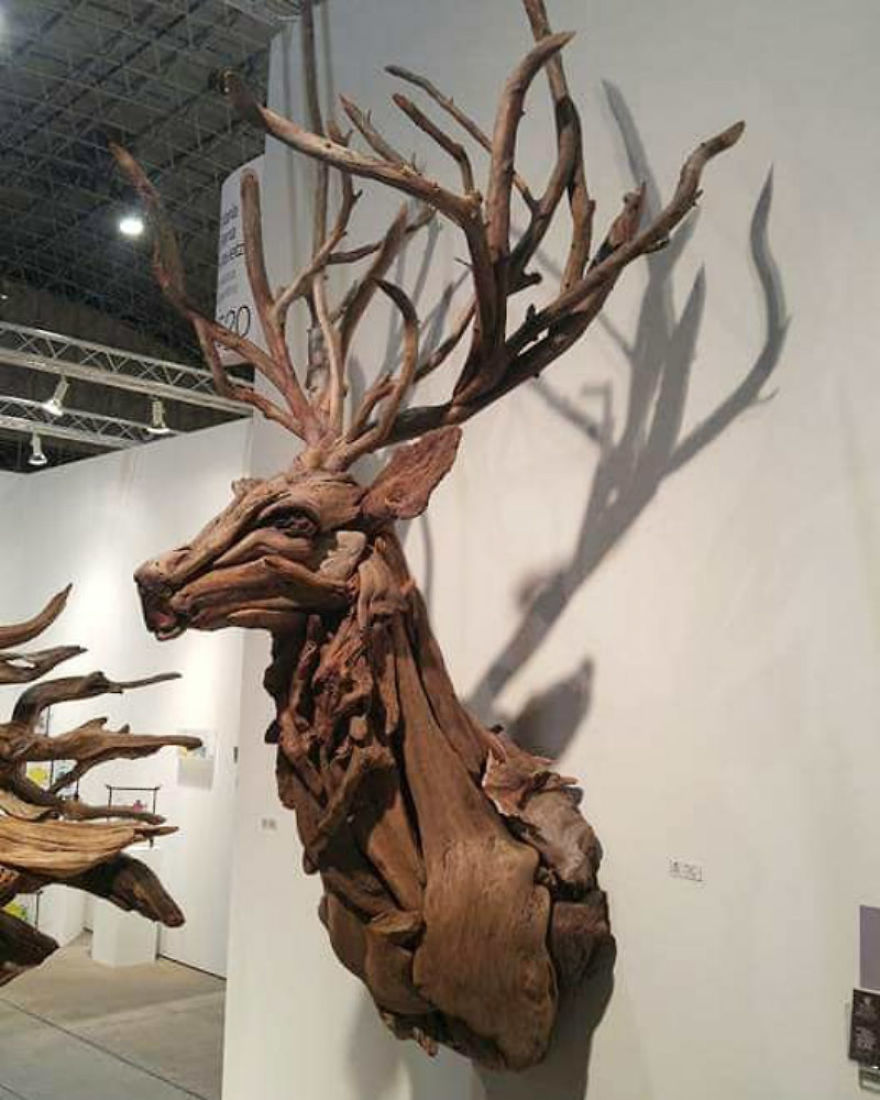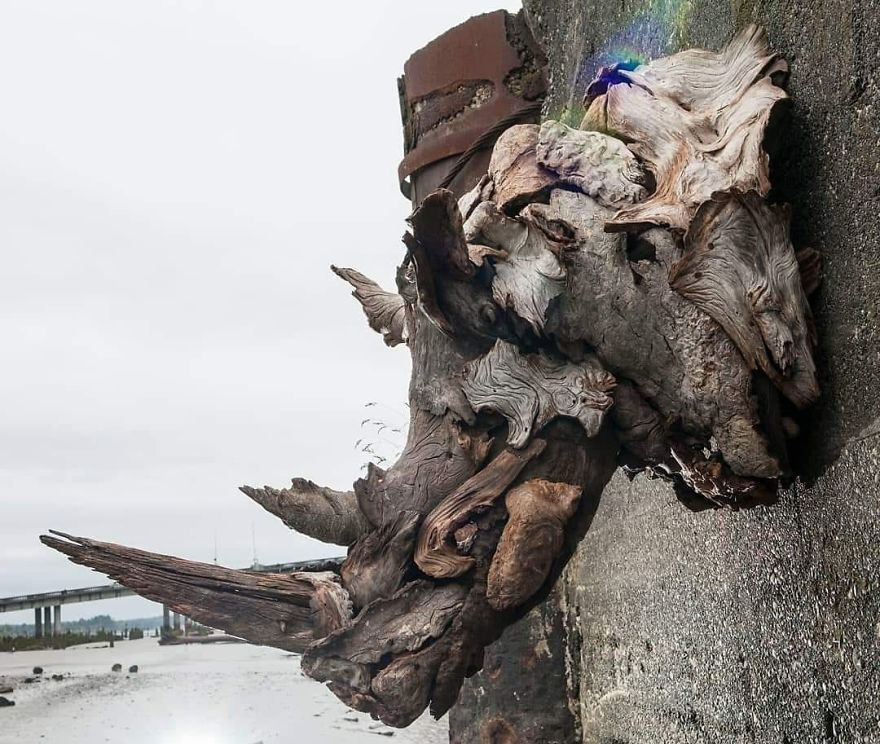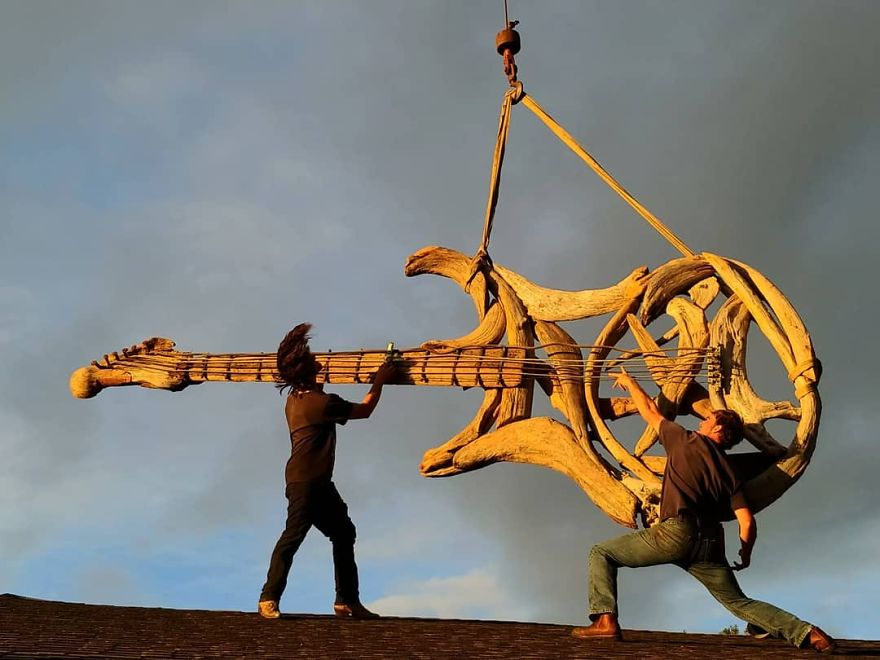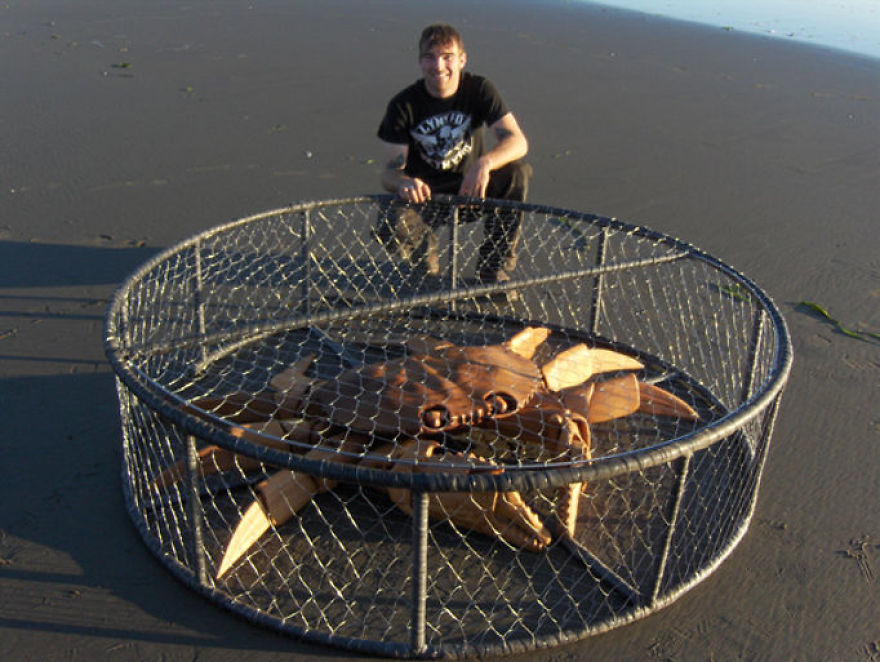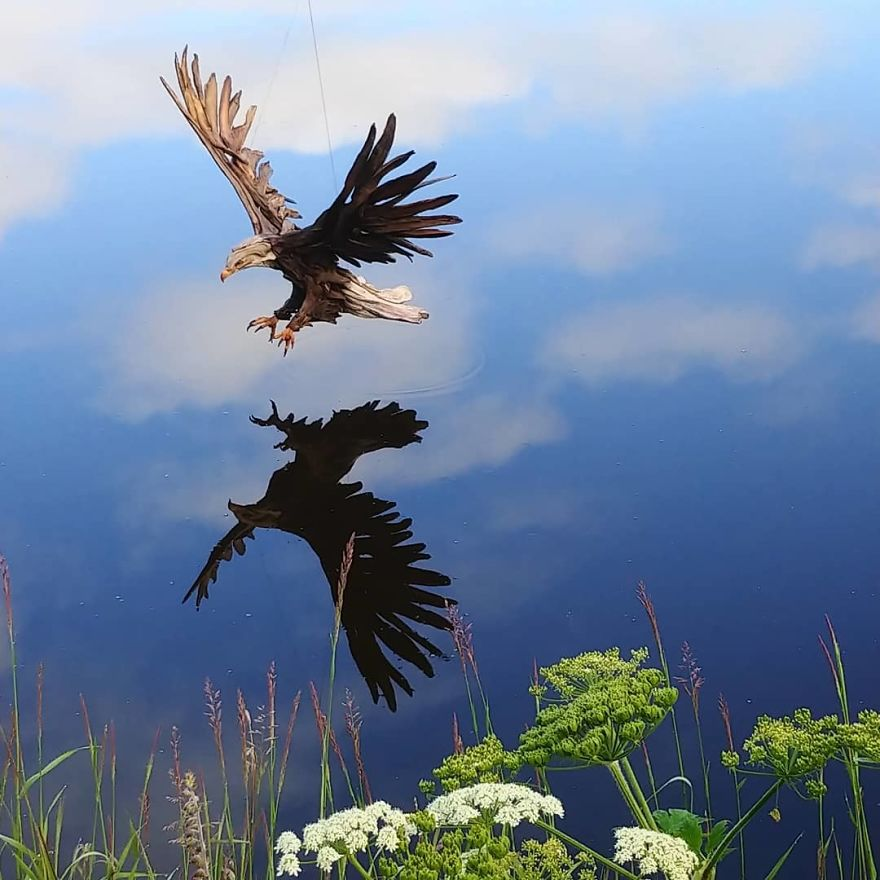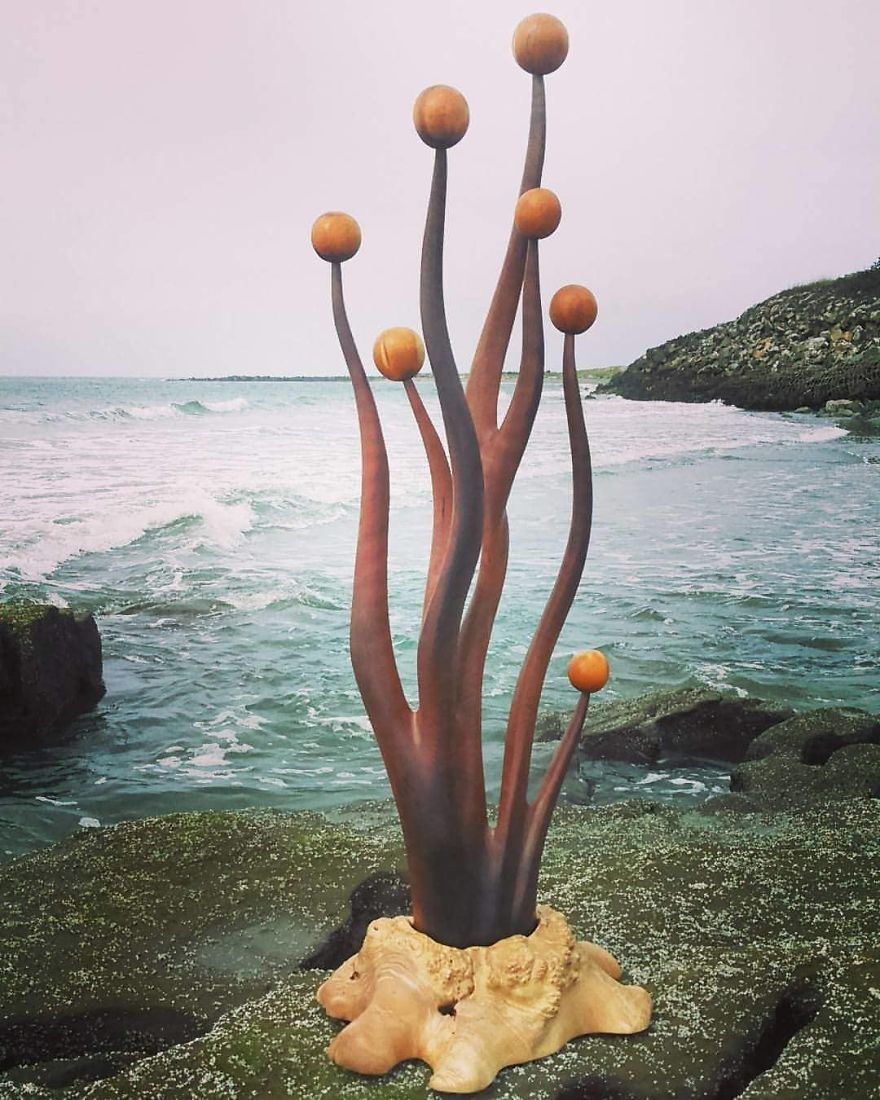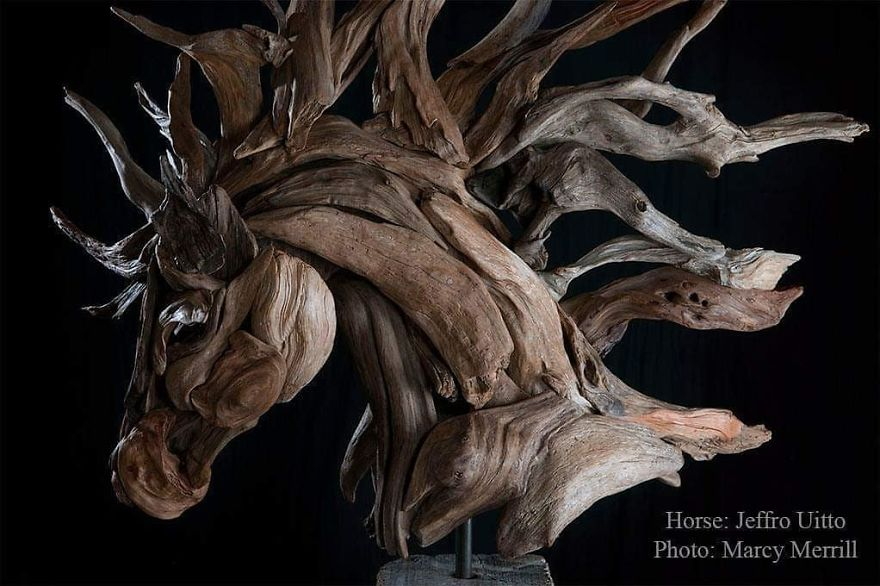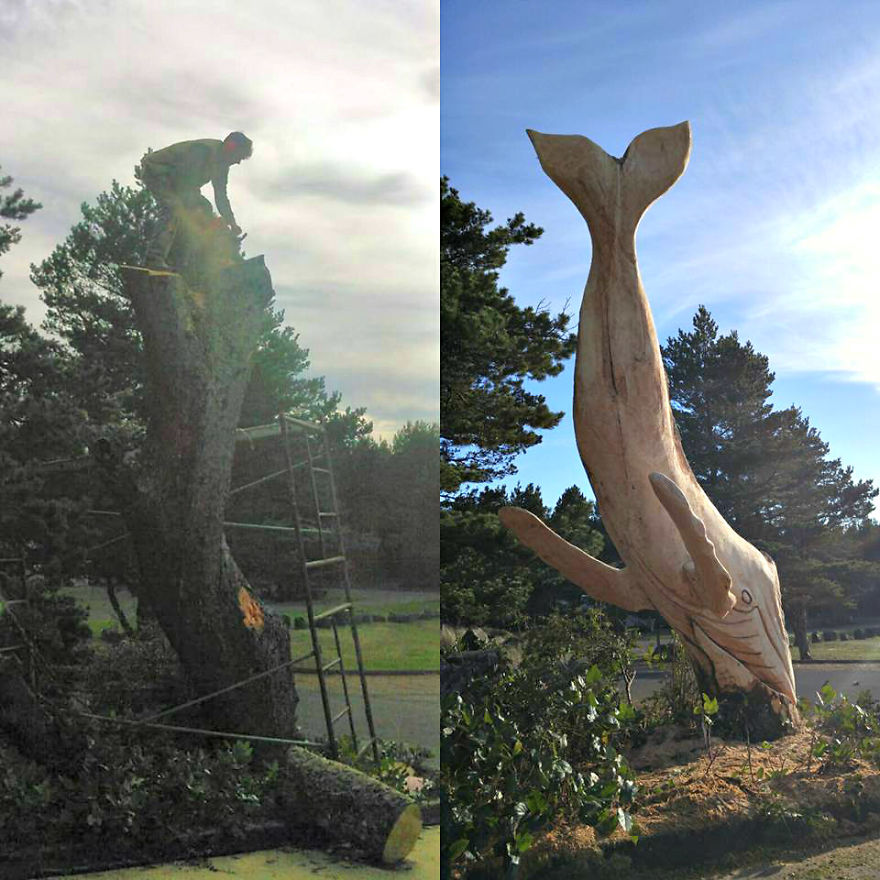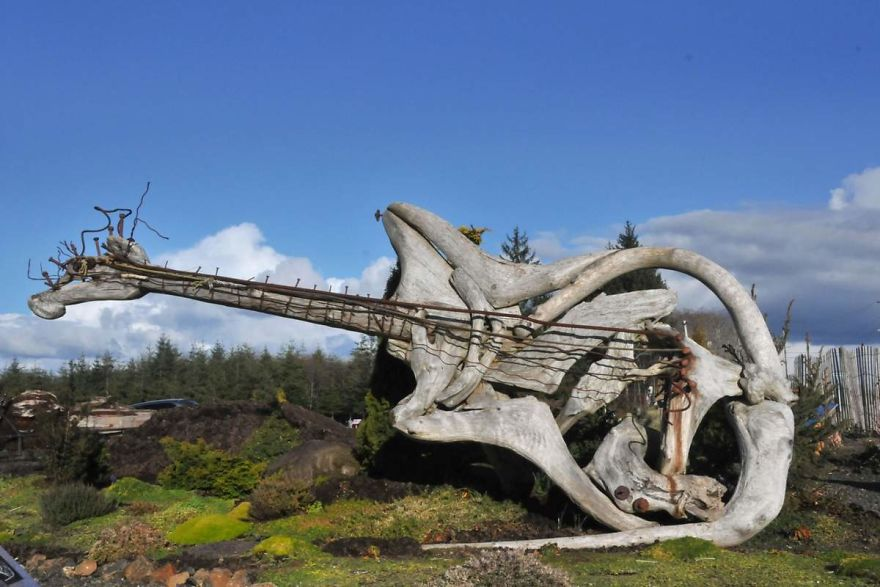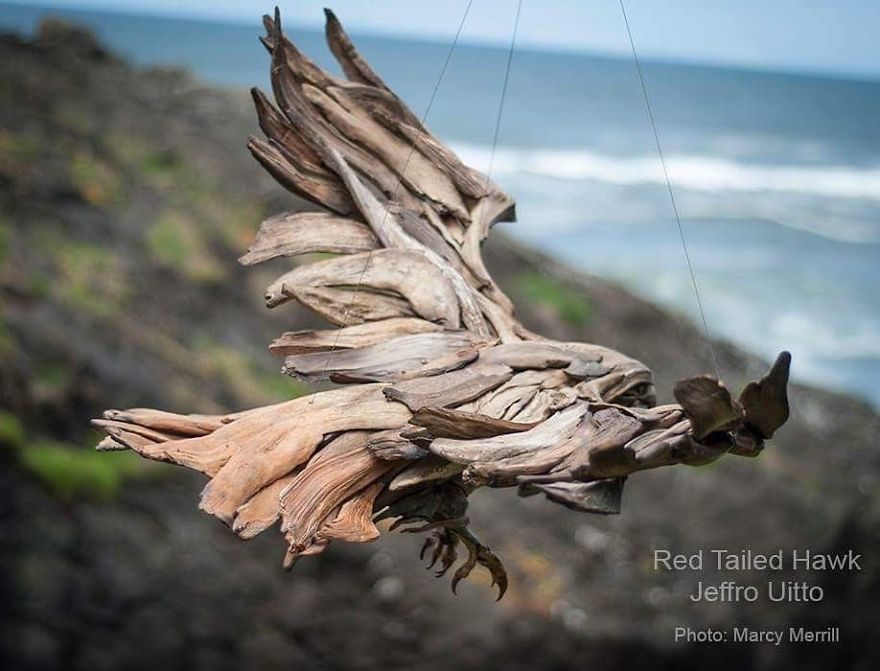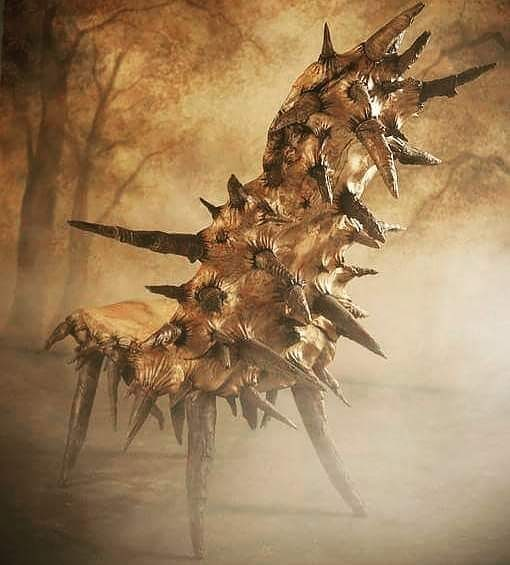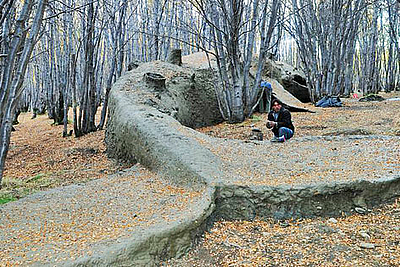Ship Launch: 10 Awesome Waves, Fails, and Close Calls
The launch of a ship is an exhilarating event that captures the essence of maritime engineering and human ingenuity. As massive vessels slide down the ways and into the water, spectators often hold their breath, excited for the culmination of years of hard work. However, not every ship launch goes according to plan, and sometimes, the best-laid plans can lead to laughable fails or dramatic close calls. Here, we explore ten of the most notable ship launches, highlighting the thrilling waves, unexpected fails, and nerve-wracking close calls that have marked maritime history.
1. The Titanic’s Flawed Launch
While the Titanic is remembered for its tragic sinking, its launch in 1911 was a spectacle of grandeur. However, the size of the ship posed unexpected challenges. As it slid into the water, it created a massive wake that caught the nearby spectators off-guard, leading to a chaotic scramble to avoid getting drenched. This was also a sign of challenges to come as the Titanic faced engineering issues right from its launch.
2. The USS New Jersey’s Thrilling Splashdown
The USS New Jersey, a battleship of the Iowa class, had a triumphant launch in 1942. As it slipped into the water, the waves created by its enormous mass sent a splash that soaked the crowd. The sheer scale of the ship and the resulting splash captured the awe of onlookers, marking a successful beginning for a vessel that would go on to serve valiantly in multiple conflicts.
3. The Endeavour’s Wild Ride
The Australian research vessel Endeavour faced a comedic launch in 1994. Its slipway was slicker than anticipated, causing it to accelerate too rapidly. As it hit the water, it overcame the ramp and nearly collided with a docked ship. Luckily, quick actions from the crew averted catastrophe, turning what could have been a disaster into a hilarious story told for years to come.
4. HMS Queen Elizabeth’s Sea Gladness
In 2014, the launch of HMS Queen Elizabeth, one of the largest aircraft carriers ever built, was nothing short of spectacular. As it gracefully descended into the water, the waves it generated were so immense that they almost swamped the nearby vessels. Onlookers cheered as the ship made a triumphant entry into the sea, signaling a new era for the Royal Navy.
5. Celebrity Yacht’s Launch Fiasco
In 2007, a high-profile celebrity yacht launch went hilariously awry when the vessel’s brakes failed. Sending it careening down the slipway, it narrowly missed a group of startled onlookers. Fortunately, it bounced off a couple of bollards before coming to a halt in the water, leaving both the guests and the boat builders with a wild story about the launch that could have turned disastrous.
6. Coast Guard Close Call
A U.S. Coast Guard vessel faced a tense moment in 1996 when a launch went wrong due to strong winds and miscalculated angles. As the ship began to tilt dramatically on the ways, crew members scrambled to secure it, but the vessel righted itself at the last moment. It was a close call that reminded everyone present of the unpredictability of naval engineering.
7. The German U-Boat’s Unforeseen Egress
In 1943, a German U-Boat launch became a scene of panic as the vessel began to slip into the water too quickly. Amid the chaos, workers at the shipyard were forced to jump back to avoid being struck. Thankfully, no one was hurt, but the incident served as a stark reminder of the fast pace at which ships launch and the inherent risks involved.
8. The Ocean Spray Incident
During the launch of a coastal freighter in 2013, a freak wave—generated by an unexpected swell—hit the ship as it entered the water. The wave sent a massive spray flying, drenching the crowd completely. Though it was an unexpected turn of events, the enthusiastic laughter of the audience turned what could have been a dreary mishap into a joyful experience that bonded the attendees.
9. The Mistery Seafarer Slip-Up
In a recent launch, a rookie shipbuilder pulled a lever too soon, releasing the vessel before it was adequately prepared. The ship ended up crashing against the safety barriers with a loud bang. Fortunately, it suffered only minor damage, but the crew learned a valuable lesson about patience in the shipbuilding process.
10. The Perfect Launch of the USS Gerald R. Ford
In stark contrast to the previous entries, the 2017 launch of the USS Gerald R. Ford epitomized the perfect ship launch. The enormous aircraft carrier slid smoothly into the water, without any hitches, producing a minimal splash and tremendous cheers from the audience. This launch demonstrated the pinnacle of shipbuilding technology and careful planning, concluding our countdown on a high note.
While ship launches can be moments of profound excitement and celebration, they are equally rife with unpredictability and suspense. From hiccups that spark hilarity to retellings of close brushes with disaster, these events continue to captivate audiences and remind them of the fine line between success and failure on the high seas. Whether a wave of triumph or a tale of catastrophe, each launch writes a new chapter in the annals of maritime history.
AI VIDEO
